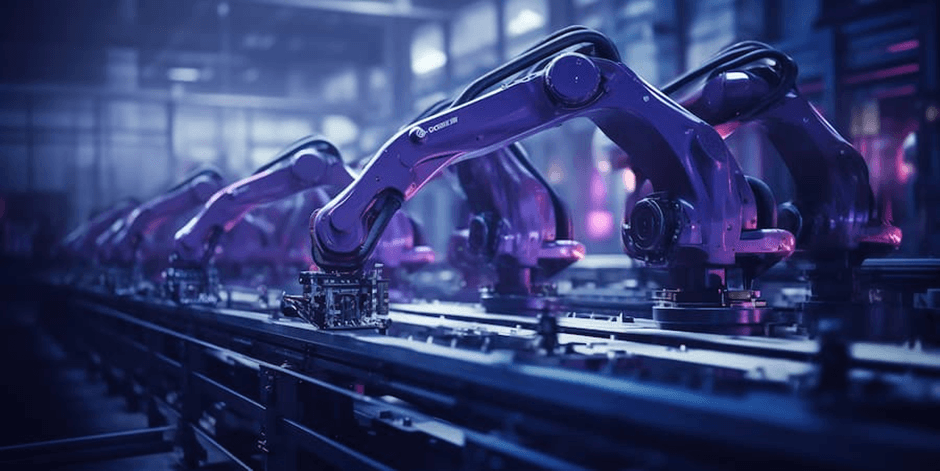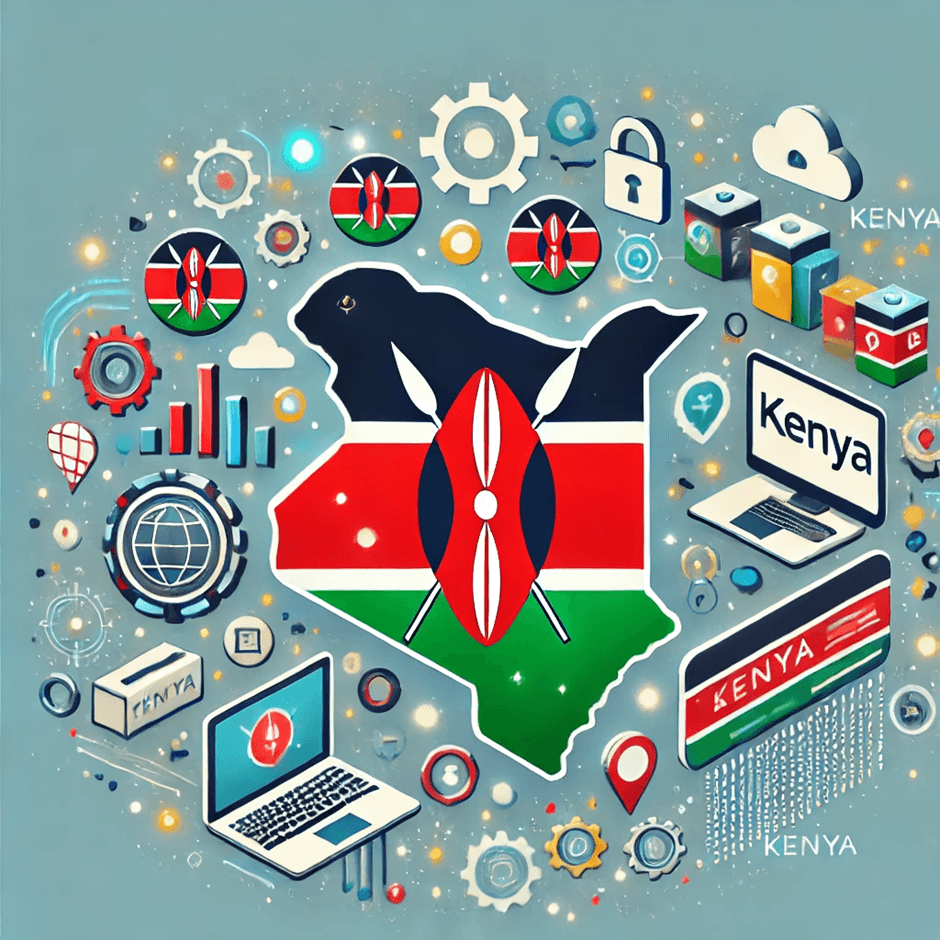
The Future of Cyber-Physical Systems in Kenya’s Industrial Sector in 2025
Introduction

Kenya’s industrial sector is rapidly evolving, embracing technology to enhance productivity, efficiency, and innovation. Among the most transformative developments is the rise of cyber-physical systems (CPS), which integrate physical processes with computational intelligence. From smart factories to automated logistics systems, CPS is driving the next phase of industrialization in Kenya.
This blog explores the role of cyber-physical systems in Kenya’s industrial sector, their potential to revolutionize industries, and the challenges and opportunities for their implementation in 2025.
Understanding Cyber-Physical Systems

Cyber-physical systems consist of interconnected networks where physical processes, such as machinery operations, are monitored and controlled by digital systems. These systems rely on real-time data exchange, sensors, and computational algorithms to optimize industrial operations. Examples include automated production lines, predictive maintenance systems, and robotics integration.
Applications of Cyber-Physical Systems in Kenya’s Industries

- Smart Manufacturing
CPS enables factories to monitor production lines in real time, detect inefficiencies, and make adjustments autonomously. In Kenya, companies in sectors like textiles, food processing, and cement production are adopting CPS to increase output and reduce waste. - Automated Logistics and Supply Chain Management
By integrating CPS into logistics, companies can track shipments, predict delivery times, and optimize routes. Startups like Sendy and logistics firms in Kenya are leveraging CPS to streamline operations and enhance customer satisfaction. - Energy Optimization
With Kenya’s push for renewable energy, CPS is being used to optimize energy consumption in industrial plants. Smart grids powered by CPS can balance energy loads, reducing costs and minimizing environmental impact. - Predictive Maintenance
CPS solutions analyze sensor data to predict equipment failures before they occur. This minimizes downtime, lowers maintenance costs, and ensures seamless operations in industries like manufacturing and mining. - Robotics in Industrial Automation
CPS integrates robotics into production lines, increasing precision and efficiency. In Kenya, industries like automotive assembly and electronics are beginning to adopt robotic solutions powered by CPS for complex tasks.
Benefits of Cyber-Physical Systems

- Increased Efficiency
CPS ensures seamless integration of physical and digital processes, minimizing errors and maximizing productivity. - Enhanced Decision-Making
Real-time data collection and analysis empower industries to make informed decisions, from resource allocation to production scheduling. - Cost Savings
Automation and predictive maintenance reduce operational costs, enabling companies to reinvest savings into growth. - Improved Sustainability
By optimizing energy and resource use, CPS helps industries achieve environmental and economic sustainability.
Challenges Facing CPS Adoption in Kenya
- High Initial Investment
Implementing CPS requires significant investment in infrastructure, sensors, and advanced computing systems, which can be prohibitive for smaller enterprises. - Skills Gap
Kenya’s industrial workforce needs upskilling to manage and maintain CPS technologies, including expertise in robotics, AI, and IoT systems. - Cybersecurity Risks
As CPS involves interconnected networks, the risk of cyberattacks increases. Industries must prioritize robust cybersecurity measures to protect sensitive data and processes. - Infrastructure Limitations
Reliable power supply and high-speed internet, critical for CPS operations, remain inconsistent in some parts of Kenya.
Opportunities for Growth in 2025

- Government Support and Policy Frameworks
Policies promoting automation, digitization, and innovation can create a favorable environment for CPS adoption in Kenya. - Collaboration with Global Tech Leaders
Partnerships with global CPS solution providers can help Kenyan industries access advanced technologies and expertise. - Development of Local Talent
Investment in STEM education and vocational training can bridge the skills gap, equipping the workforce to operate and innovate CPS technologies. - Integration with the African Continental Free Trade Area (AfCFTA)
CPS-enabled industries in Kenya can gain a competitive edge, boosting exports to regional markets under AfCFTA.
Conclusion
In 2025, cyber-physical systems are redefining Kenya’s industrial landscape, offering unprecedented opportunities to enhance productivity, reduce costs, and drive innovation. As industries continue to integrate CPS technologies, Kenya is poised to become a hub for smart manufacturing and automation in Africa.
However, realizing this potential requires addressing challenges such as high costs, infrastructure gaps, and cybersecurity risks. With the right policies, investments, and partnerships, CPS can propel Kenya’s industrial sector into a new era of efficiency, sustainability, and global competitiveness.
References








